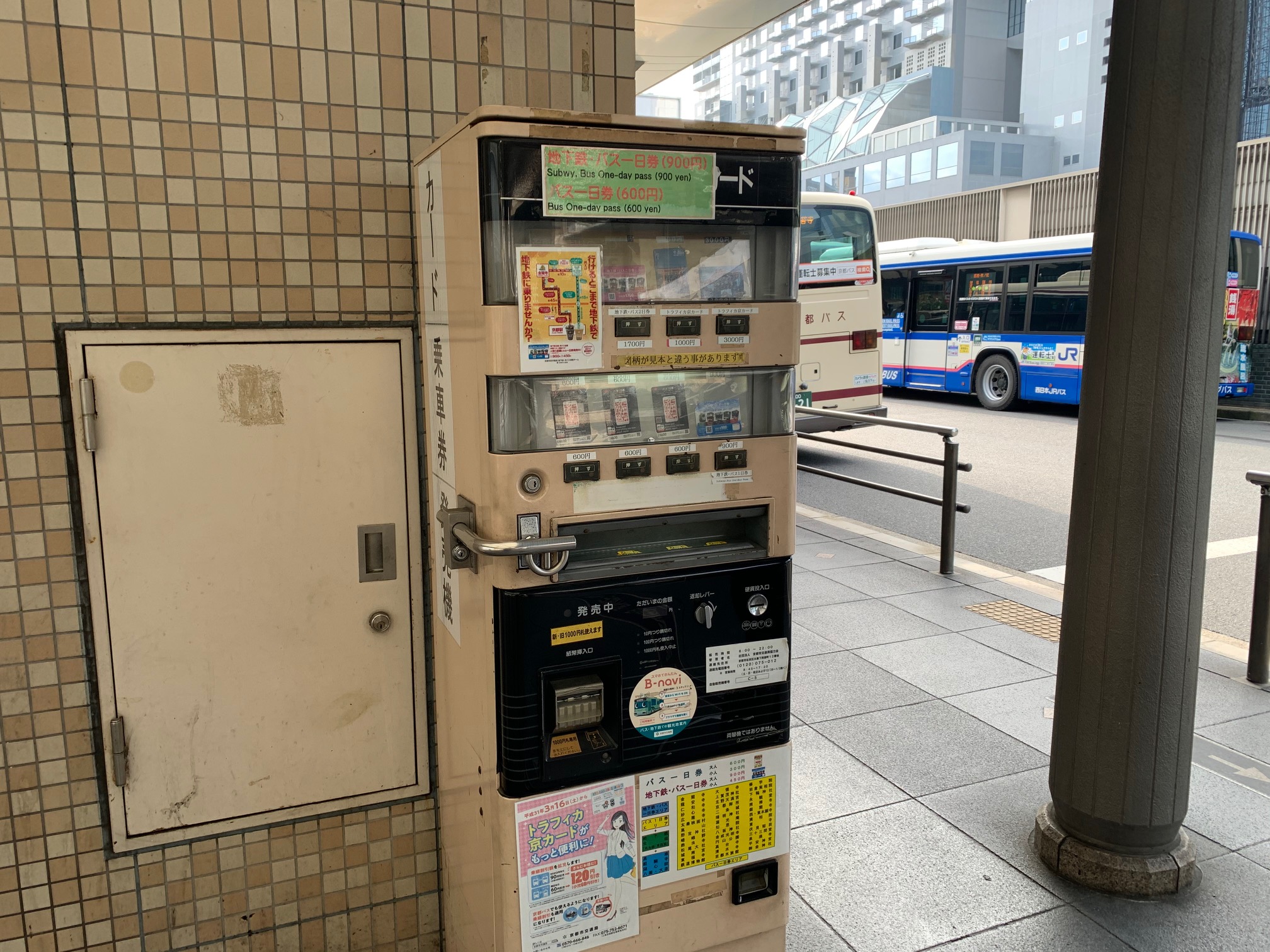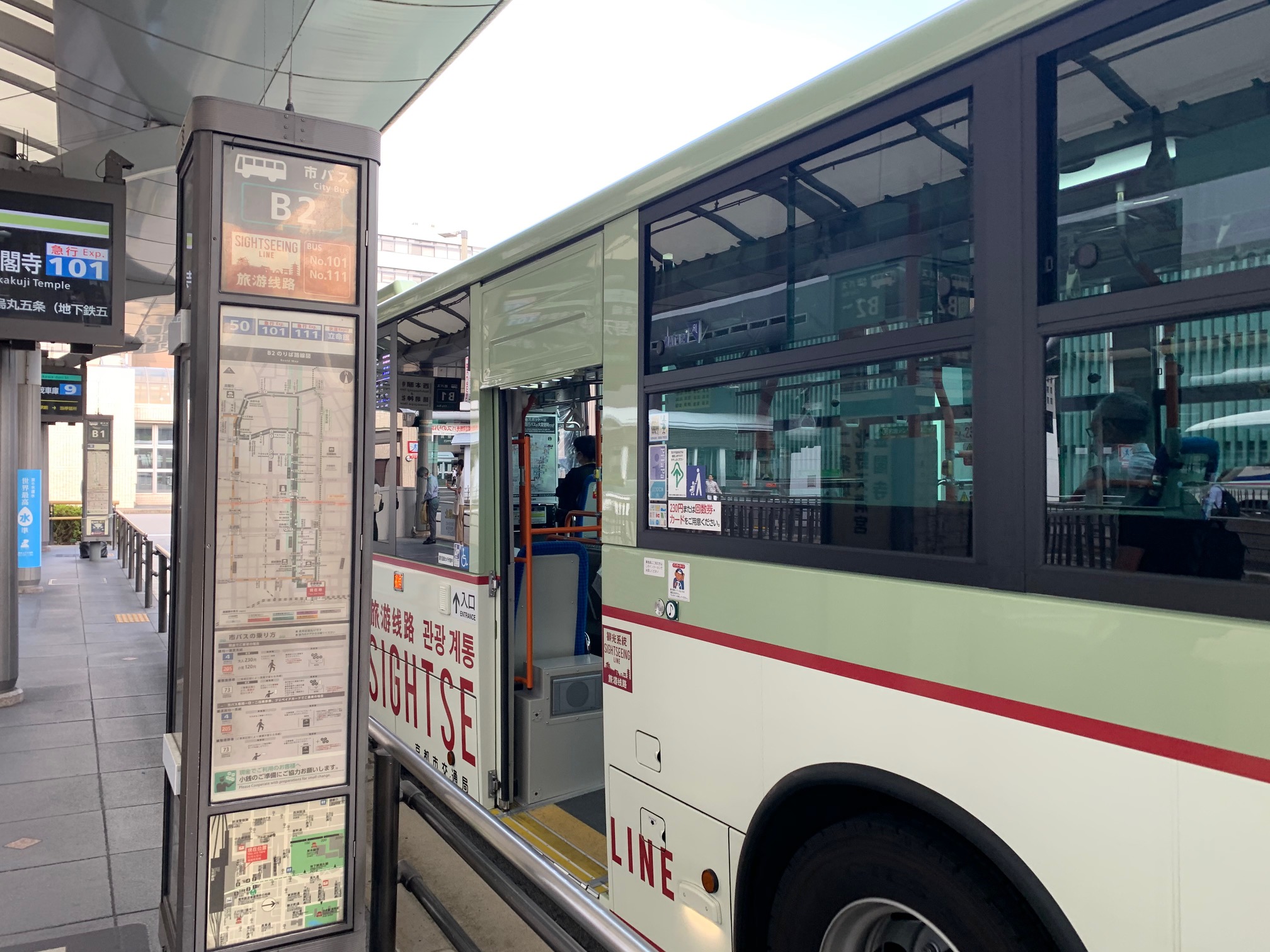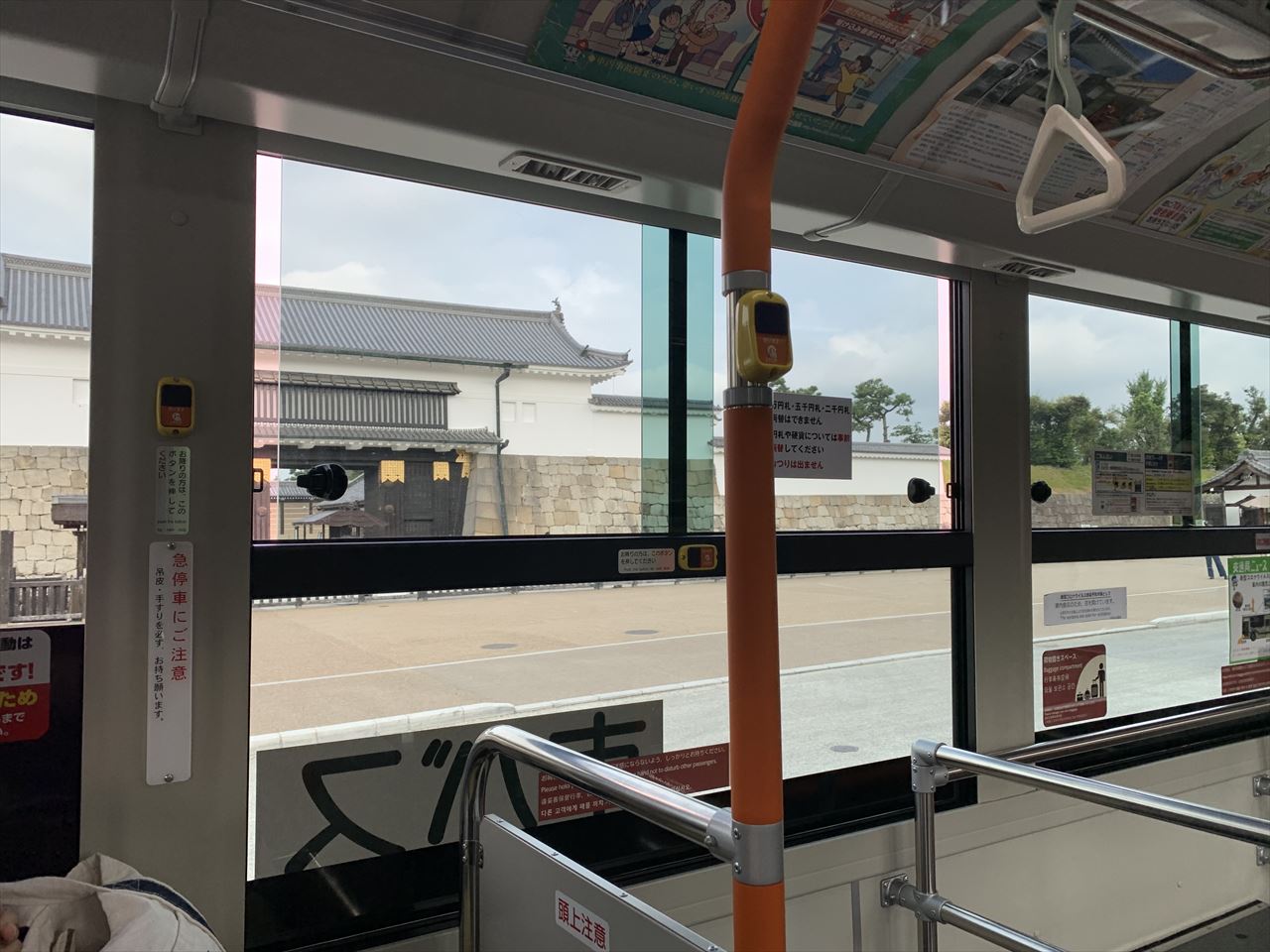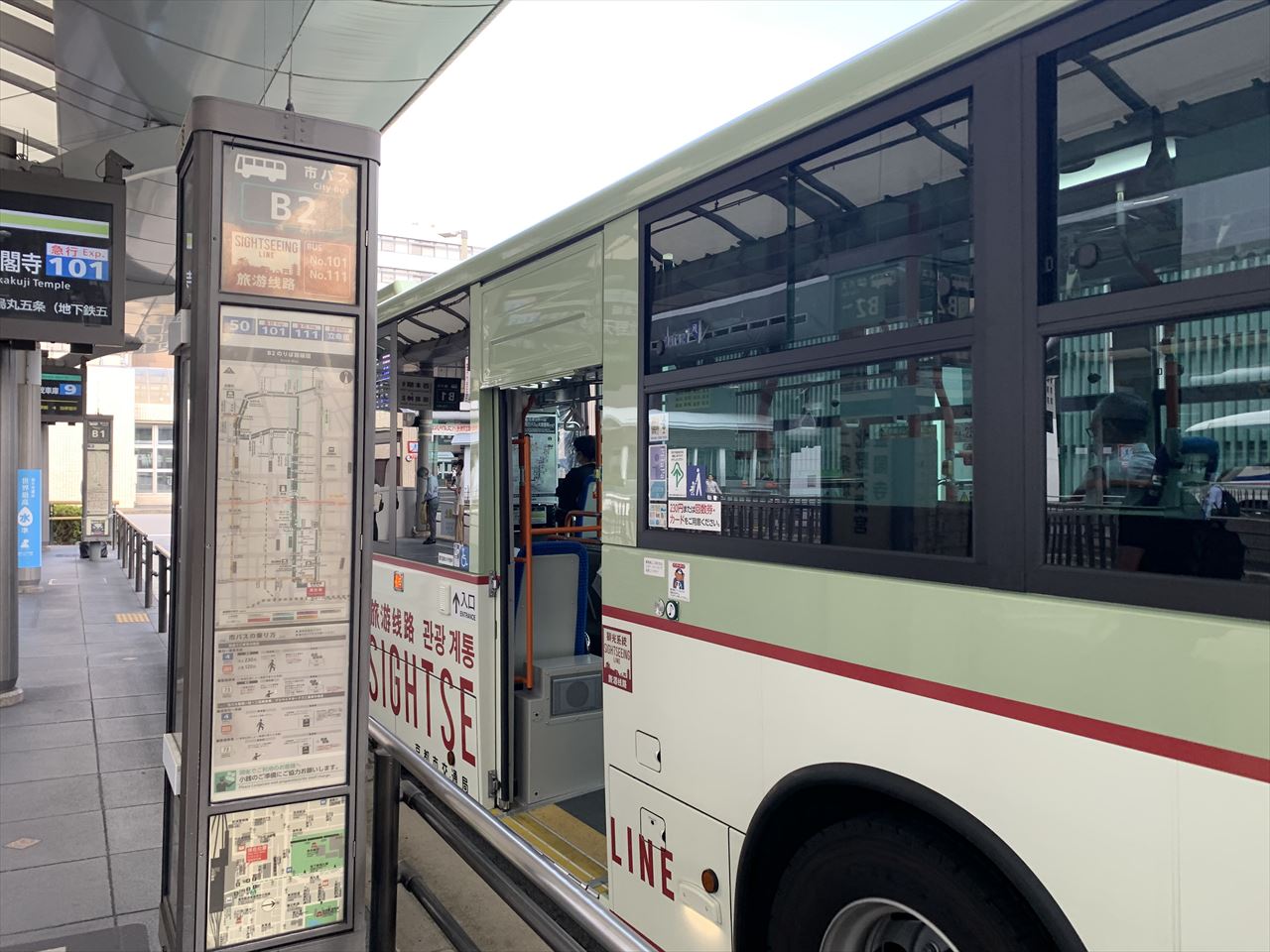This is basic information about city buses in Japan for people coming to Japan from outside the country.
In Japan, trains run almost on time, so if you are in the center of the city, trains are convenient, and in the suburbs, on the other hand, many places are inconvenient without cars, so if you live in the suburbs, you tend to travel by car.
Therefore, in the case of the Kanto area, I think that in many cases, people living there have two choices: train or car.
Because of this situation, there are many places in the Kanto area where buses are not so easy to use.
Of course, if you look at the area of each city, town, or village in detail, there are places where buses are convenient, but I think it would be a little different to come to Japan expecting to use buses.
So, in many cities, you should consider using the bus on the assumption that it may be somewhat less convenient.
One of the best examples of how convenient it is to take a bus to visit some of Japan's most popular tourist spots is Kyoto. Here is an introduction to buses in Kyoto.
The use of city buses is basically indispensable for touring Kyoto's sightseeing spots.
For example, if you consider JR Kyoto Station as a base for sightseeing, the bus is basically the most convenient way to get to Kinkakuji Temple, Ginkakuji Temple, or Kiyomizu Temple.
Buses in Kyoto cost a flat 230 yen per ride, regardless of the distance.
Therefore, traveling to the next bus stop is also 230 yen, and riding the bus for an hour is also 230 yen, as long as you stay within the area.
Buses in Kyoto sell day passes, which are very convenient because you don't have to pay for every ride.
Also, a day pass costs 600 yen (as of summer 2020), so if you ride three times, you can save a lot of money. In general, you will need to use three sections just to get to both Kinkakuji and Ginkakuji from JR Kyoto Station.
(At least three sections from JR Kyoto Station to Kinkakuji Temple, Kinkakuji Temple to Ginkakuji Temple, and Ginkakuji Temple to JR Kyoto Station.
Where to buy a day pass for the bus
There is a ticket vending machine at the C1 bus terminal of JR Kyoto Station, where you can buy tickets.

How to use a day pass
The first time you insert your card into the bus fare payment area, the date will be engraved on it.
From the second time onwards, just present your card to the driver and you can get on the bus.

Inside the bus, there are not so many seats, but there are suspension wheels and other devices that allow you to hold on even if you are standing.
So even if you can't sit down, you will have to stand to get on.

About getting off
When you get off the bus, you press a button like this.
In Japan, every time you get off the bus, the driver or the driver's office will announce the next bus stop. So if you are in a tourist city like Kyoto, you can probably get off at the place you want to go.

The bus has doors in the front and in the middle of the vehicle.
Depending on the destination, there are various ways to get on the bus, either from the front or from the door in the middle of the vehicle, and there seems to be no particular rule.
This is something that even Japanese people don't understand, so I'm sorry, but please judge whether to get on from the front or the back of the bus by the atmosphere at the bus stop.

